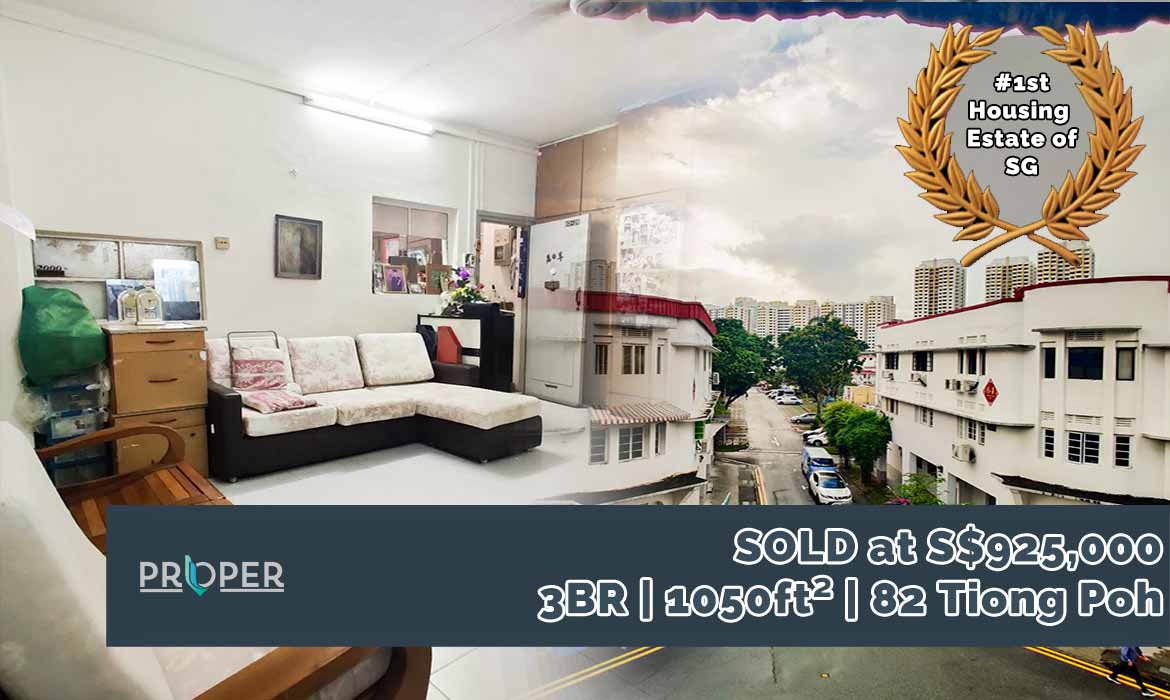- Built in 1937 – This is the first ever apartment housing solution in Singapore. Predating World War 2, these house were built by the SIT, a government arm of building residential apartments – before being taken over and becoming HDB in 1960.
- Although built by the government (SIT/HDB), these homes were privatised and turned into Private Property in 1967. With the lease below 44 years when sold in 2022, every year these properties lose ~2-3% of their value due to the ticking timebomb of 99 year leases.
The urgency of this sale was key to the sellers – aging and unable to walk. This 3rd storey walk-up apartment was a difficult journey for them to take on a daily basis. The home is as original as the day it was built – with no renovation or upgrade since it was built from day 1.
The architecture of this place was a major headache, with the stairwell being only 90cm in width, furniture had to be carried through the window instead of the stairs. Yet this home was sold at 925k where at the point of sale the highest was 955k (which was upgraded before), although I couldn’t achieve the record sale price of that time. The seller needed convenience above all else, while the condition of the unit at that time was extremely difficult to love.
______
The SIT was set up in July 1927, under the Singapore Improvement Ordinance, to solve the serious housing shortage then faced by a rapidly growing population. Many of the 23,000 flats it built were in areas such as Tiong Bahru and Old Airport Road. The SIT was dissolved in 1959, and its successor, the HDB, took over in February 1960.
Block facades and staircases often bear the distinctive curved forms of the Art Deco movement, which were popular during the 1920s and 1930s. Some blocks also take on the Modernist tendencies of the Bauhaus era, as well as the International Style of highrise flats in a post-Modern vein.
There are currently 138 SIT blocks left standing in Singapore. They range from two to seven storeys, and are located in Bukit Merah, Queenstown, Geylang and Kallang Whampoa. About 35 per cent of them, or 48 blocks, are pending redevelopment. The rest are either being conserved, or there are no plans for them.



